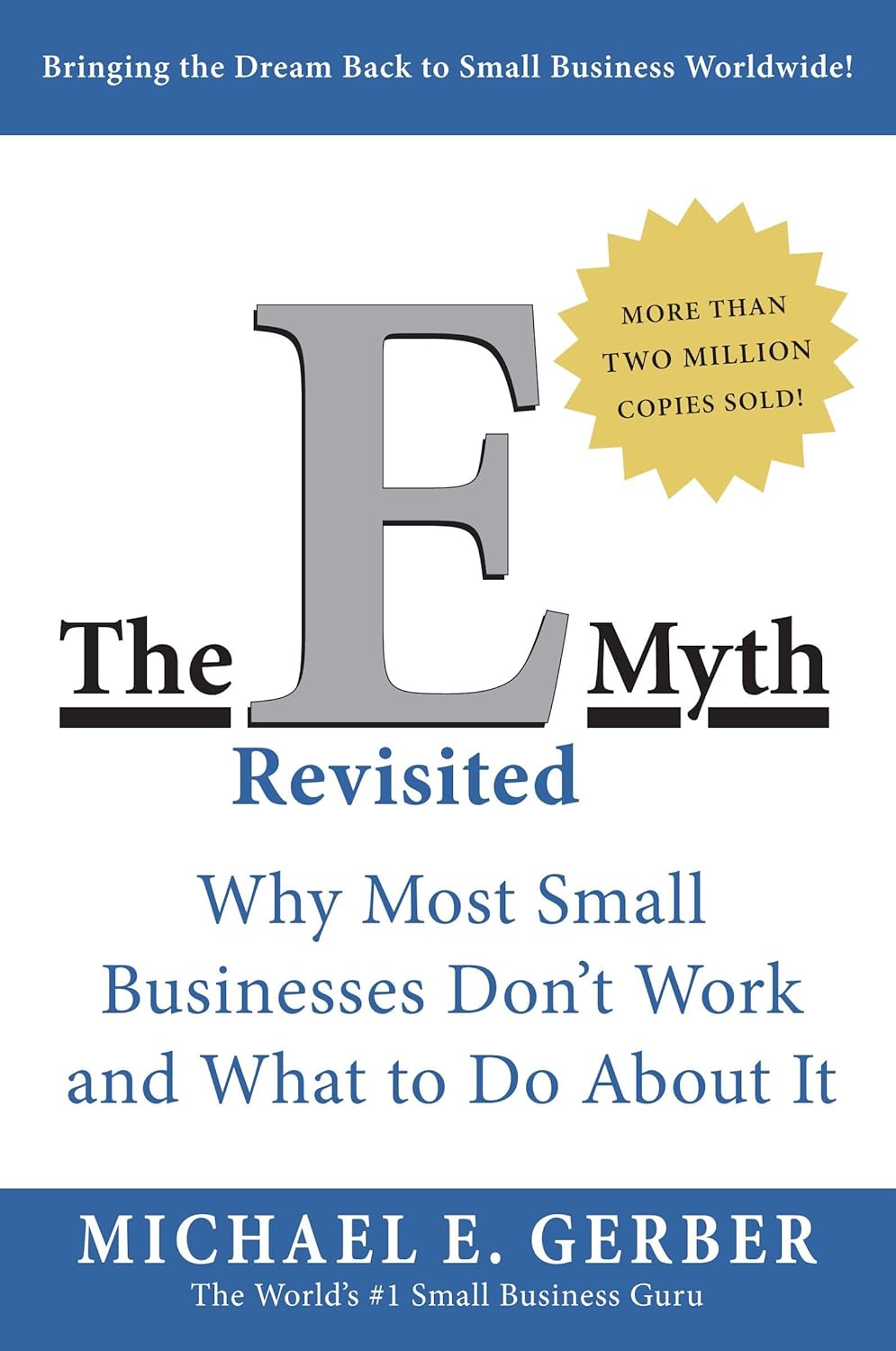Introduction to the Million Dollar Weekend Framework
This excerpt introduces the Million Dollar Weekend framework, a simplified, action-driven method for launching a successful business within a weekend. The author, who has personally built eight multi-million-dollar businesses (Kickflip, Gambit, KingSumo, SendFox, Sumo, TidyCal, Monthly1K, and AppSumo), distills the entrepreneurial process into three key steps:
- Identify a problem you can solve.
- Develop a compelling, research-backed solution.
- Validate by pre-selling the idea before building it.
Success stories from those who used this framework include turning passions or jobs into high-earning businesses, such as real estate consulting, cookie baking, or tech tutoring. However, the author noticed a recurring issue: despite abundant information and proven steps, most aspiring entrepreneurs never start.
In a 2013 course experiment, participants failed to make progress due to two common fears:
- Fear of starting, caused by overthinking and the myth that entrepreneurship is risky.
- Fear of asking, rooted in fear of rejection and hesitation to pitch or sell.
To overcome these, the book reframes business as a series of small, low-risk experiments, embracing failure as a learning tool. This “creator’s courage”—the willingness to start, try, and ask despite fear—is key. All major companies began as small, messy experiments: Apple, Facebook, Google, Airbnb, Khan Academy, and even AppSumo.
The book emphasizes fun as a motivator, encouraging playful exploration over perfectionism. Starting within a single weekend removes excuses, forces focus, and builds confidence quickly. The framework is divided into three parts:
-
Start It: Prepares readers mentally and emotionally for launch. Includes cultivating a mindset of action (“now, not how”), setting a “freedom number” (a personal financial goal), and doing challenges (like the “coffee challenge”) to build the habit of asking and facing rejection.
-
Build It: Covers the actual Million Dollar Weekend (Friday to Sunday: go from idea to first paying customer). Teaches idea generation, validation, and pre-selling, focusing on speed and learning through execution.
-
Grow It: Shifts from validation to scaling. Introduces content creation, audience building, and email marketing as sustainable growth tools. Provides a proven “experiment-based marketing” strategy and ends with guidance on personal productivity and building a life aligned with happiness and freedom.
The book also introduces a Million Dollar Weekend Contract, a motivational commitment to face fears, have fun, and follow the process fully. Supporting resources—such as templates, scripts, and a downloadable journal—are available for free at MillionDollarWeekend.com.
Ultimately, the book champions action, experimentation, and courage over endless preparation—aiming to transform entrepreneurial dreams into reality over the course of a single weekend.





















